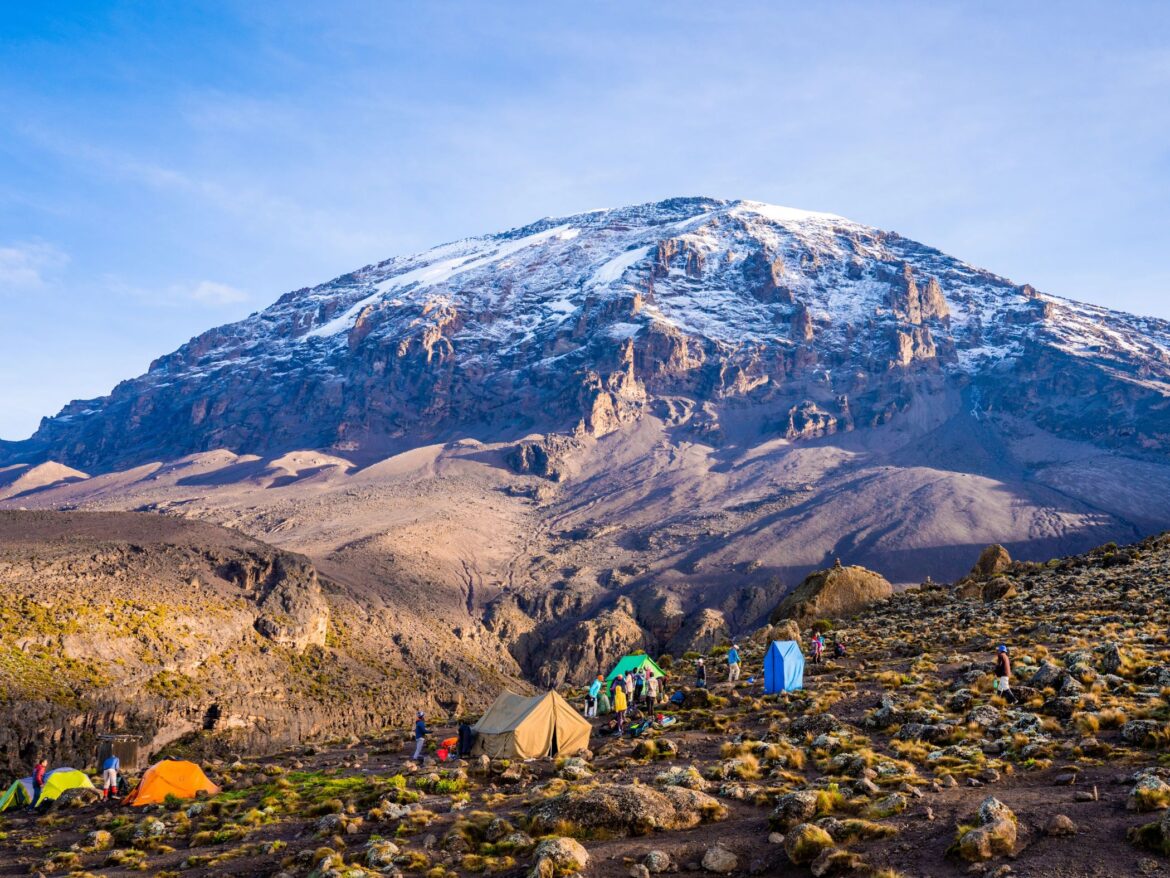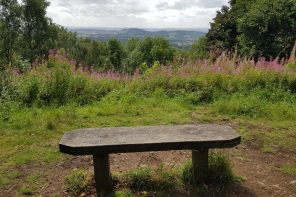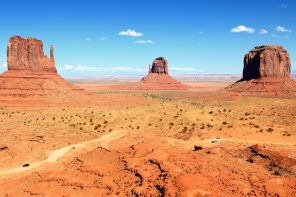Mount Kilimanjaro, the tallest mountain in Africa, is often seen as a mere adventure, a bucket-list item for many. However, to describe climbing this magnificent peak solely in terms of physical exertion overlooks a deeper layer of significance. Beyond its stunning views and challenging trails, Kilimanjaro is a profound experience that envelops you in nature, culture, and personal reflection.
The Journey Begins: Planning Your Adventure
Before you even set foot on the mountain, the journey to Kilimanjaro begins well before the climb. It’s about the planning, the excitement, and the anticipation of what is to come. Many trekking companies offer packages that not only provide logistical support but also enrich your understanding of the region. For example, you can choose to explore iconic mountain landscapes through guided tours that introduce you to the surrounding flora and fauna, as well as offer insights into local cultures.
While the summit is a major goal, the journey through diverse ecosystems—from lush rainforests at lower altitudes to the stark, lunar landscapes just below the peak—is an adventure in itself. Each day of trekking offers a new perspective, a fresh sensation, and an evolving appreciation for the natural world.
What Awaits Along the Trails
As you embark on your ascent, you’ll move through distinct ecological zones, each presenting its own unique flavour. The rainforest zone, teeming with wildlife, offers the chance to hear the cacophony of birds and perhaps catch a glimpse of the elusive colobus monkey.
• Heath and Moorland: As you ascend, the lush greenery gives way to heath and moorland, dotted with giant plants unique to Kilimanjaro. This transition encapsulates the dramatic shifts in climate and biodiversity that occur with altitude.
• Alpine Desert: Climbing higher, the air becomes thinner, and the landscape starkens into an alpine desert. The colours are muted, shaded by hues of grey and brown, yet it possesses a haunting beauty that can be mesmerizing.
This diversity isn’t just visually stunning; it also demonstrates the ecological importance of the mountain. Kilimanjaro serves as a vital water source for the surrounding communities, making its preservation essential.
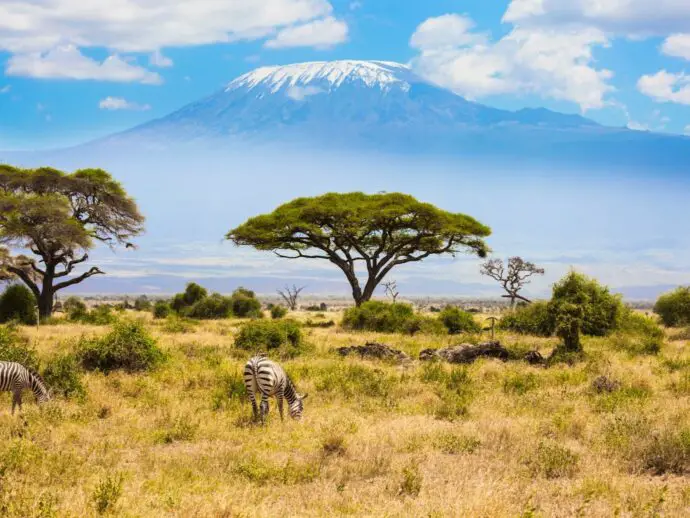
Cultural Encounters: More Than Just a Mountain
Climbing Kilimanjaro is not just a physical exertion; it’s a cultural immersion. The mountain is embraced by several communities, including the Chagga people, who have lived in the region for generations. Engaging with local guides offers invaluable insight into their traditions, history, and ways of life. Their stories bring the mountain to life, transforming your climb from a solitary endeavour into a shared experience enriched by centuries of local knowledge.
Understanding the Local Way of Life
Your interactions could range from simple greetings to in-depth conversations about agricultural practices, traditional healing, or music. Much like when you interact with the Masai and Samburu on East African safaris, local tours often incorporate villages where you can taste traditional Chagga food or witness cultural performances. All these experiences enhance the adventure, making it not just a personal challenge, but a connection to the narratives that shape this region.
The Transformative Experience of Climbing
Many climbers find that the ascent of Kilimanjaro resembles a journey within. It’s a space for introspection, a time to reflect on personal goals and aspirations. The solitude of walking amidst beautiful landscapes can provoke thoughts that go beyond the immediate physical demands of the climb.
Culminating at Uhuru Peak at 5,895 metres, the view from the summit is often described as life-changing. However, the insights you gain along the way often resonate deeper. Climbers frequently recount moments of clarity as they tackle challenging sections of the ascent, questioning their limits and discovering strengths they didn’t know they possessed.
The Importance of Teamwork
Climbing Kilimanjaro also underscores the power of teamwork. Most trekkers ascend with a group, which fosters camaraderie and support. This dynamic can improve morale and drive; sharing the triumphs and struggles with fellow climbers deepens connections and encourages shared successes.
When fatigue hits, the encouragement from a fellow climber or a guide can be just the boost you need. It’s a powerful reminder that the journey is collaborative; reaching the summit is as much about the people around you as it is about personal achievement.
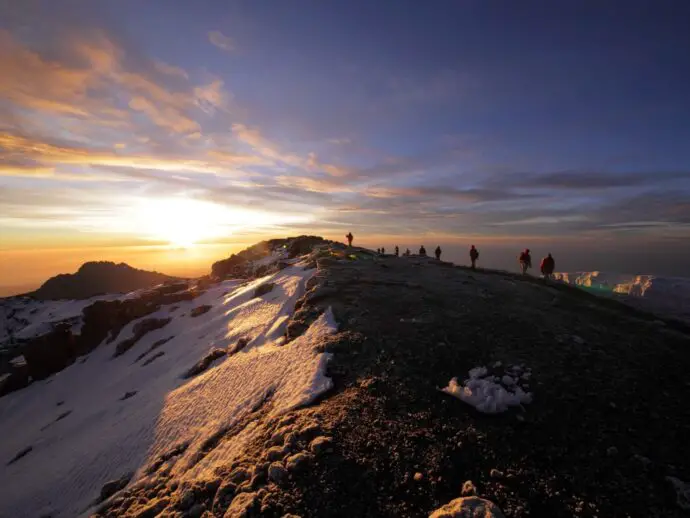
Beyond the Climb: Environmental Stewardship
Rising temperatures and shifting rainfall patterns threaten Kilimanjaro’s glaciers, which are rapidly retreating. Climbers leave with the responsibility to advocate for environmental conservation and sustainable practices. Raising awareness about climate change and its impact on this iconic mountain is crucial for its preservation for future generations.
Making a Difference
Many tour companies are also beginning to implement environmentally friendly practices, such as waste management and eco-friendly camping gear. By choosing a responsible operator, you contribute to efforts aimed at preserving this stunning ecosystem. Education and advocacy beyond the climb can ensure that Mount Kilimanjaro remains a destination for generations to come.
Conclusion: A Journey Worth Taking
In essence, climbing Kilimanjaro is about more than reaching a summit; it’s about the journey, the cultures, the ecosystems, and the personal growth experienced along the way. It invites climbers to pause, reflect, and appreciate the world they occupy. Your adventure on this majestic mountain can ultimately transform your perspective, making the climb one of the most memorable experiences of your life. So, prepare yourself not just for a physical challenge, but for an exploration of nature, culture, and self-discovery that extends far beyond the mountain itself.

